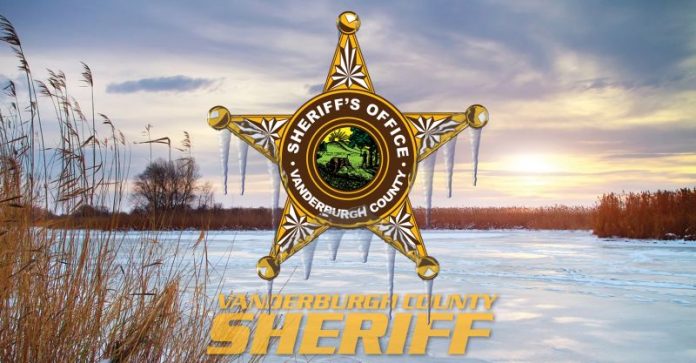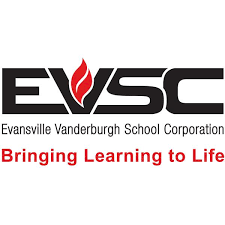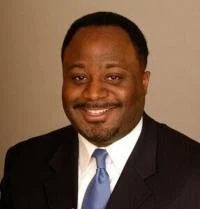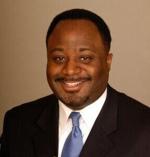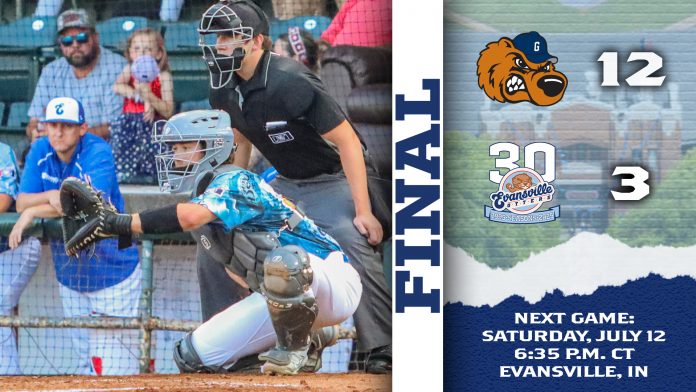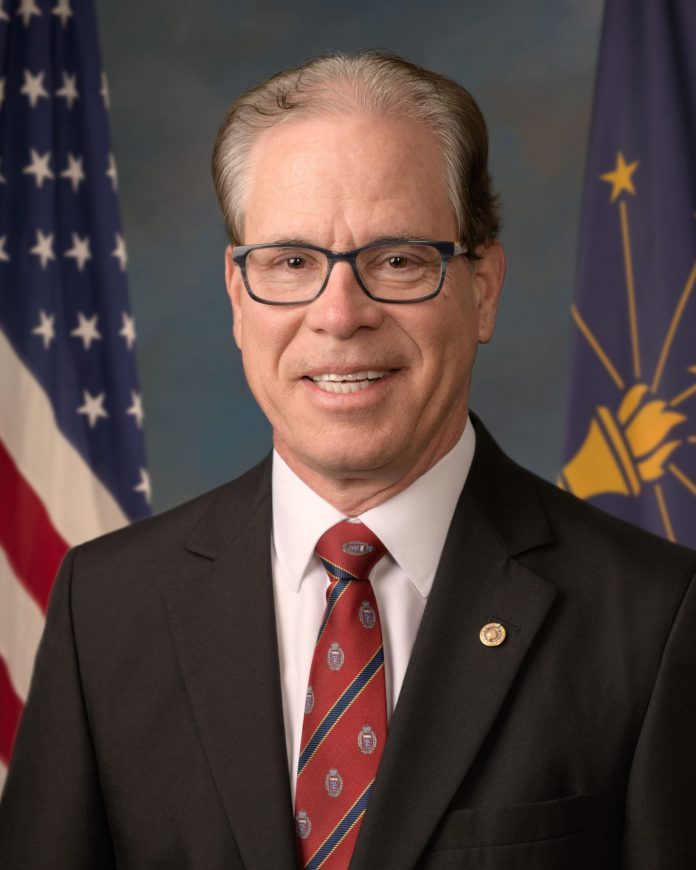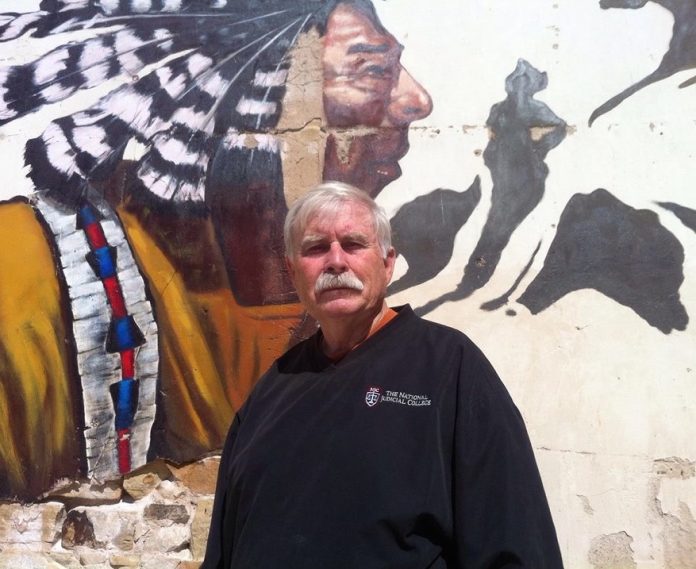Hoosier farmers committed to soil conservation
|
| INDIANAPOLIS– According to a recent conservation survey, Indiana farmers planted an estimated 1.6 million acres of overwinter living covers. Indiana is among the top states in the nation for cover crop adoption.
“Hoosier farmers are committed to preserving one of God’s most previous gifts – Earth,” Lieutenant Governor Beckwith, Indiana’s Secretary of Agriculture said. “Overwintering covers are just one tool that farmers use to preserve and enhance our farmland – ensuring they can pass down their property for generations. This is no easy task, and it can be costly. I applaud them for the extra effort.” Overwintering living covers (i.e. – cover crops and small grains, like wheat) are known for their environmental benefits. Cover crops and small grains help increase organic matter in the soil and improve overall soil health by adding living roots to the soil more months of the year. Cover crops also improve water infiltration into the soil, while other covers, like legumes serve as natural fertilizers. Although the conservation transect does not differentiate between cover crops and small grains, Indiana farmers typically plant fewer than 300,000 acres of small grains annually, so cover crops vastly dominate the 1.6 million estimated acres. Apart from corn and soybeans, cover crops are planted on more acres than any other commodity crop in Indiana. Cover crops are typically planted in the fall after harvest and designed to protect the soil and keep roots in the ground throughout the winter, which improves soil health and helps filter water runoff. “As a farmer who contributes to planting a small portion of Indiana’s 1.6 million acres of cover crops and wheat, I am thankful that thousands of other farms are committed to using these tools and reducing sediment loss and nutrient runoff,” said Don Lamb, Indiana State Department of Agriculture director and Boone county farmer. “This commitment does not go unnoticed and I know its an extra investment, but I am grateful they are reaping the rewards.” As a result of the cover crops and other overwintering covers planted last year, it is estimated that 1.8 million tons of sediment was prevented from entering Indiana’s waterways, which would fill about 18 thousand train freight cars. The conservation survey also showed that about 70% of row crop acres were not tilled and about 18% had employed reduced tillage over winter, after the 2024 harvest. This early spring survey is not intended to quantify pre-planting tillage. The conservation transect is a visual survey of cropland in the state. It was conducted between March and May 2025 by members of the Indiana Conservation Partnership, including the USDA Natural Resources Conservation Service, the Indiana State Department of Agriculture, Indiana’s Soil and Water Conservation Districts and Purdue Extension, as well as Earth Team volunteers, to show a more complete story of the state’s conservation efforts. To view the full report, |
Board of School Trustees of the EVSC MEETING
The Board of School Trustees of the Evansville Vanderburgh School
Corporation will meet for the regularly scheduled Board meeting Monday, July 14,
2025 at 5:30 PM in the Board Room of the EVSC Administration Building located at
951 Walnut Street, Evansville, IN. Board meetings can also be observed by tuning to
EVSC’s radio station, 90.7 WPSR, live streamed online at https://www.wpsrhd.com/,
or viewed on the EVSC YouTube channel at https://youtube.com/evsc1.
Prior to the regularly scheduled Board meeting, three members of the Board,
along with district administrators, will hold a Town Hall beginning at 5:00 PM. This
Town Hall is for Vanderburgh County residents to speak directly with Board members
in attendance about issues involving EVSC schools. The Town Hall will be held in the
Technology and Innovation Center located at 951 Walnut Street, Evansville, IN.
Members of the public who would like to attend the Town Hall should register by
completing the Town Hall Registration Form located on our website at
district.evscschools.com.
Tee up for a cause that changes lives.
|
Summer Online Silent Auction – July 14–20
Newburgh, Indiana – Warrick Humane Society invites the community to participate in its Annual Summer Online Silent Auction, taking place Sunday, July 14 through Saturday, July 20. This online auction is one of the organization’s biggest fundraisers of the year, with all proceeds directly supporting the rescue animals in the care of WHS.
Supporters can browse and bid on a wide variety of items—ranging from gift baskets and local experiences to pet gear and home goods. Whether you’re treating yourself or finding the perfect gift, there’s something for everyone.
How It Works:
• Visit https://onecau.se/_bfb7t1 to view auction items and place bids
• Bidding opens on Sunday, July 14 and closes on Saturday, July 20
• All proceeds go toward medical care, shelter, and supplies for WHS animals
This online event is an easy and impactful way for the community to get involved and help raise vital funds for animals in need—without ever leaving home.
EPD DAILY ACTIVITY REPORT
FOOTNOTE: EPD DAILY ACTIVITY REPORT: Information was provided by the EPD and posted by the City-County-County Observer without opinion, bias, or editing.
Early runs drown Otters in series opener
Evansville sent out Parker Brahms and he was met by Gateway’s bats early. Gateway found three runs in the opening frame before Brahms sat down the final three batters of the inning. He was chased in the second inning.
Jackson Malouf appeared in his first professional game and looked solid in a tough situation. He worked through traffic in the second and allowed two runs, both of which were unearned. Gateway used some shaky defense to jump ahead 9-0. Malouf worked three total innings, striking out four while not allowing a walk.
Colin Murphy entered in the fifth but worked through some early hiccups. He allowed two runs in the fifth to give Gateway an 11-0 lead, but escaped the inning with a double play.
Evansville got on the board in the fifth after a leadoff single from Logan Brown, followed by a two-out RBI single from Ellis Schwartz. L. Brown singled again in the seventh, followed by JJ Cruz and Schwartz to load the bases. David Mendham hit a two-out RBI single to plate two and cut into the gateway lead, 11-3.
Murphy went 3.1 innings, striking out three and allowing one more run in the eighth, but looked good in the long relief appearance. Jon Beymer entered to mop up the end of the eighth and the ninth, and worked a clean 1.2 innings. The Otters couldn’t find any runs in the ninth and fell by a final of 12-3.
The bottom four in the lineup accounted for most of the offense tonight, getting six of the team’s eight hits in the ballgame.
The Otters are back at Bosse tomorrow night for the Christmas in July sponsored by Old National Bank and Santa Clothes Club, with a specialty jersey auction and postgame fireworks, presented by Santa Clothes Club and Big Kabooms Fireworks. First pitch is scheduled for 6:35 p.m. CT and gates open at 5:30 p.m..
Governor Braun Celebrates Major Bills to Unleash Indiana’s Energy Production and Deploy Nuclear Power
INDIANAPOLIS – Governor Mike Braun held a signing ceremony to celebrate energy wins for Hoosiers during the 2025 legislative session.
Governor Braun’s energy agenda is built on unleashing Indiana’s energy capacity reliably and affordably with an all-of-the-above strategy that includes nuclear energy.
“As demand for electricity accelerates, the country will soon be divided into states that can meet this demand and those that can’t. We are stepping up to the challenge, expanding our energy portfolio, deploying nuclear energy, and innovating to power Indiana’s economy into the future, with affordability and reliability always at top of mind.” – Governor Mike Braun
The centerpiece of this mission is embracing nuclear technology: a clean, carbon-free, always-on workhorse for energy generation. Indiana has the legislative framework and workforce talent pipeline to support small nuclear reactor, or SMR, nuclear facilities, and three bills signed today will help power Indiana’s embrace of nuclear energy.
Governor Braun explained his mission to make Indiana’s the nation’s leader in nuclear energy and home to the nuclear supply chain in a recent op-ed . Indiana will be host to the National Governors’ Association’s nuclear energy retreat this summer and the Global Nuclear Energy & Economic Summit this November at Purdue University.
House Bill 1007 ensures that 80% of the cost of new energy infrastructure to support new large-load electricity customers coming to the state are paid by that business, not the ratepayer.
Senate Enrolled Act 425 establishes energy production zones to speed up the process for developing new power generation sites.
Governor Braun ceremonially signed the following bills to unleash Hoosier energy production:
• Senate Enrolled Act 4 – Water matters
• Senate Enrolled Act 422 – Advanced transmission technologies
• Senate Enrolled Act 423 – Small modular nuclear reactor pilot program
• Senate Enrolled Act 424 – Small modular nuclear reactor developmental costs
• Senate Enrolled Act 425 – Energy production zones
• House Enrolled Act 1007 – Energy generation resources
LUDDITES LOST
GAVEL GAMUT
By Jim Redwine
www.jamesmredwine.com
(Week of 14 July 2025)
LUDDITES LOST
Just recently, a 13-year-old boy captured a photograph of a young girl and used Artificial Intelligence to remove her clothing and make her normal image pornographic. Then he put his modified, false depiction on the internet and caused the girl great emotional distress.
In June 2025, some person or persons used AI to impersonate United States Secretary of State Marco Rubio and sent false messages to several foreign officials.
During the Sean Diddy Combs trial one of the jurors may have accessed internet information about the trial.
Can Americans rely upon their government through its legal system to afford them fair trials when false or inadmissible, unvetted information is readily available on a smart phone? The answer is, Yes! However, trial judges must apply the tools the various State Supreme Courts, Constitutions and statutes provide.
There are probably several ways for judges to approach the rapidly developing dilemmas of how jury trials are affected by Social Media. Three major theories are:
(1) The ostrich method: pretend it does not exist. Well, it does, so ignoring it will not solve it;
(2) The Luddite solution where the legal system strikes back with Draconian controls in hopes jurors will be frightened back to pre-internet behavior. Workers of the early 19th century tried to halt mechanization in an effort to save their jobs. The Luddites who refused to adapt to the Industrial Revolution were swept into the dustbin of history; or,
(3) Adapt to the inevitable change in both technology and sociology.
State trial judges already have the education, training and legal tools to use the only rational approach to the irreversible momentum of the internet. We should call upon the lessons of thousands of years of history and our faith in our democratic system. Jurors, judges, the media and both real and artificial intelligence can operate a fair and efficient legal system using time-tested rules of due process applied with diligence and goodwill.
Technology may change but human nature has been formed over a few million years of hominoid fits and starts and two or three hundred thousand years of Homo sapiens experience and progress. And over about the past 250 years we have gone from gazing at the heavens to visiting them. Plus, over the past 100 years we have gone from curing polio and small pox to creating artificial limbs. Science has been good to us even if we take pause at the levels of death and destruction it has enabled. We just need to keep progressing before we exterminate ourselves and AI might be a huge boost in that regard.
So, how does the legal system deal with Social Media and Jurors? By remaining true to our time-tested principles and having confidence our citizens who are called for jury duty will also. As we know, people usually respond positively to positive treatment and ethically to expectations of ethical behavior. Are there plenty of bad exceptions, absolutely. However, judges have the tools to weed those potential jurors out and to guide and encourage sitting jurors to eschew extraneous influence from outside forces.
In the end, judges must adhere to their honored principles and have faith so will jurors. Most jurors want to be fair and most likely will be if judges give them proper guidance, such as the following instructions:
The parties are entitled to jurors who approach this case with open minds and agree to keep their minds open until a verdict is reached. Jurors must be as free as humanly possible from bias, prejudice or, sympathy. Jurors must not be influenced by preconceived ideas as to facts or as to law.
… Until the conclusion of this trial, do not discuss this case with any other person, including family and friends. You should not read or listen to any media discussing this case nor research this case in any way, including through the internet or any other tools of technology. Nor should you use any of these means to communicate to others about the case. It is important that this case be decided solely on the evidence you receive in this courtroom.
Progress can be a huge benefit to us. We may not now be able to see the benefits, but we should approach the future relying on our lessons from the past.
For more Gavel Gamut articles go to www.jamesmredwine.com


